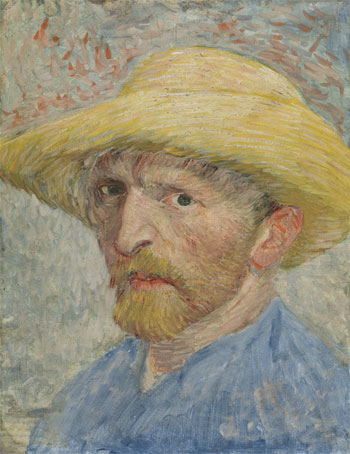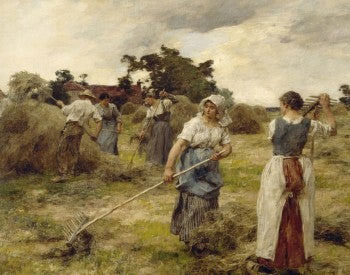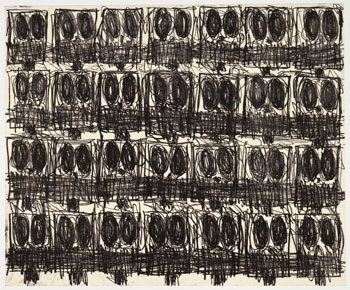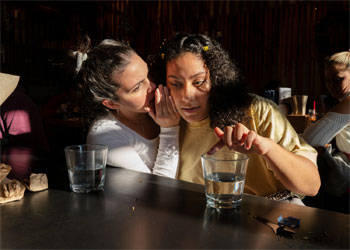 |
||||||||||||||||||||||||||||||||||
|
||||||||||||||||||||||||||||||||||
|
|||||
 |
||||||||||||||||||||||||||||||||||
|
||||||||||||||||||||||||||||||||||
|
|||||
 |
|
|
||||||||
|
 |
|||||||||
 |
|
|||||||||
|
 |
|||||||||
|
Detroit Institute of Arts 5200 Woodward Avenue Detroit, Michigan 48202 Main Line: 313.833.7900 Map email: operator@dia.org www.dia.org Normal Hours
Box Office Monday through Friday: 9 a.m. - 5 p.m. Detroit Film Theatre Box Office
The museum covers 658,000 square feet that includes more than 100 galleries, a 1,150-seat auditorium, a 380-seat lecture/recital hall, an art reference library, and a state-of-the-art conservation services laboratory. The DIA's collection is among the top six in the United States, comprising a multicultural and multinational survey of human creativity from prehistory through the 21st century. The foundation was laid by William Valentiner, a scholar and art historian from Berlin, who was director from 1924 to 1945 . His extensive contacts in Europe, along with support from generous patrons, enabled him to acquire many important works that established the framework of today's collections. Among the notable acquisitions during his tenure are Mexican artist Diego Rivera's Detroit Industry fresco cycle, which Rivera considered his most successful work, and Vincent van Gogh's Self Portrait, the first Van Gogh painting to enter a U.S. museum collection. A hallmark of the DIA is the diversity of the collection. In addition to outstanding American, European, Modern and Contemporary, and Graphic art, the museum holds significant works of African, Asian, Native American, Oceanic, Islamic, and Ancient art. Among these are the masterpiece sculpture Nail Figure from Zaire and a rare Korean Head of Buddha. In 2000, the DIA established the General Motors Center for African American Art as a curatorial department in order to broaden the museum's collection of African American art. The Renovation and Reinstallation Project In addition to the physical changes, the museum reinstalled the galleries with a focus on the general visitor. More than 5,000 works of art are presented in a way that allows visitors to more easily make personal connections with the art and to understand the objects in the context of their own place and time.
Van Gogh’s Artistic Roots: The Hague School and French Realism Van Gogh’s Artistic Roots: The Hague School and French Realism Printmaking in the Twenty-First Century Conscious Response: Photographers Changing the Way We See |
||||||||||
| Exhibition Information page 2 |
|
|||||||||
| Support Your Local Galleries and Museums! They Are Economic Engines for Your Community.
Subscribe to Our Free Weekly Email Newsletter! |
||||||||||
| ADVERTISE ON THIS SITE | HOME | EXHIBITIONS | INDEX | ABOUT US | LINKS | CONTACT US | DONATE | SUBSCRIBE |
| Copyright 2022 Art Museum Touring.com |